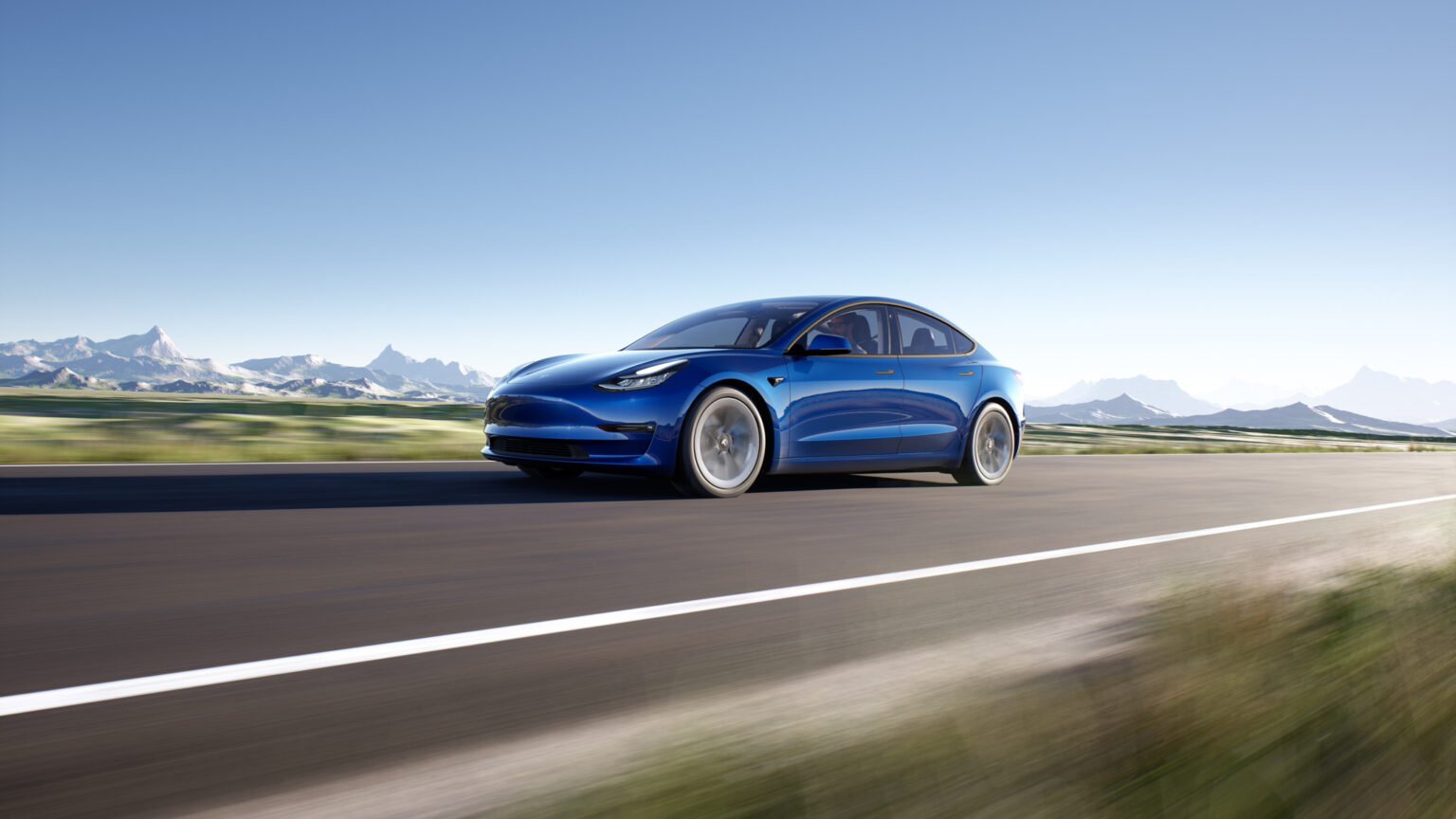Love or hate Elon Musk, it’s hard to deny that the Model 3’s price drops have made it a compelling EV value. The car is now one of the most affordable electrics on sale, and changes to EV tax credit rules for 2024 have made some configurations even more compelling buys. Updates to the rules have left the range-topping Tesla Model 3 Performance as the only version left to qualify for a credit, making it cheaper than the base and Long Range variants.
Tesla lists the base Model 3 rear-wheel drive with 18-inch wheels at $38,990 before the $1,640 destination charge. That brings its price to $40,630, and no tax credits are available. Moving up the line, the Model 3 Long Range AWD with 18-inch wheels reaches $47,630 after destination, again without tax credits. At the top of the lineup, the Model 3 Performance starts at $50,990 and adds $1,640 for destination, but the $7,500 tax credit brings its effective price down to $45,130.
It’s worth noting that the 2024 EV rules update changed the year-end tax credit into an instant rebate at the point of sale, so it’s effectively a discount. That solves a problem some buyers have had, in which their tax burden isn’t enough to receive the full $7,500 credit. At the same time, the changes have knocked several EVs out of eligibility for the incentive.
The list of vehicles still eligible for federal EV tax credits in 2024 includes:
- Chevrolet Bolt EV: $7,500
- Chevrolet Bolt EUV: $7,500
- Chrysler Pacifica PHEV: $7,500
- Ford Escape PHEV: $3,750
- Ford F-150 Lightning (Extended and Standard Range: $7,500
- Jeep Grand Cherokee 4xe and Wrangler 4xe: $3,750
- Lincoln Corsair Grand Touring: $3,750
- Rivian R1S Dual Large battery: $3,750
It’s not a long list by any measure. Changes to the tax credit rules for January 1, 2024, penalize vehicles with battery materials from a “foreign entity of concern,” which mainly means China. While the list of qualifying EVs is short now, it’s worth noting that automakers have to file documentation with the U.S. Treasury Department to prove that their cars qualify. Some haven’t done that or had their applications processed, so the number of qualifying vehicles will grow over time. It’s also worth noting that a loophole in the rules makes it possible to lease a car to get around the credit’s limitations.








